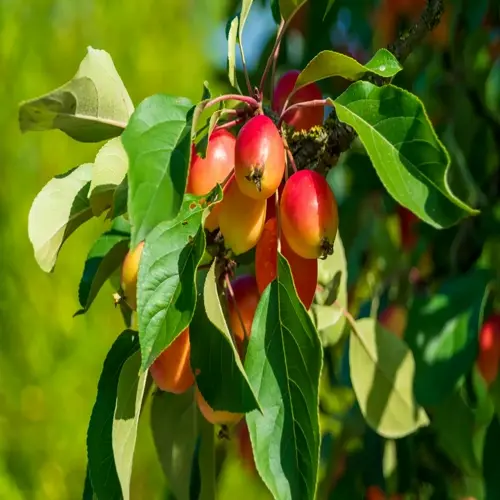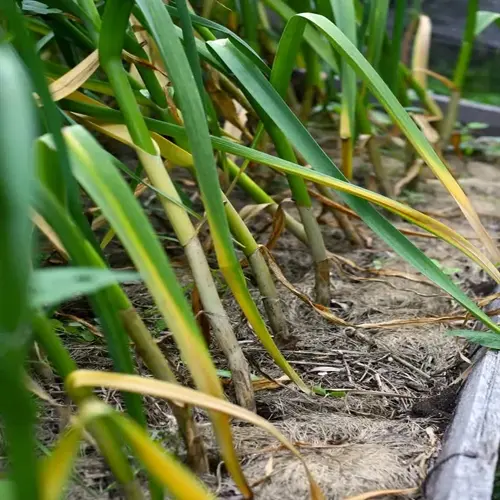What weather conditions require emergency harvesting?

Written by
Kiana Okafor
Reviewed by
Prof. Martin Thorne, Ph.D.Emergency harvesting is required when an extreme weather event threatens the quality of your grapes. Intense rains result in berry splitting, while frost damages cell structures. Heat events can lead to sunburn and rash. High wind can physically injure the clusters. Timely action protects your crop.
Pick your grapes 24-48 hours before an expected heavy rainfall to avoid splitting. When grapes are soaked in rain, the fruit absorbs water, which dilutes the flavors and can also lead to mold growth. I have seen entire crops ruined overnight when storms develop at the last minute just before harvest.
Pick grapes immediately when frost warnings occur. Temperatures below 32°F (0°C) rupture berry cells, releasing juices that attract mold. Harvest during the warmest afternoon hours before the freeze hits.
Preparation Phase
- Monitor weather forecasts 72 hours ahead
- Pre-stage harvest equipment and bins
- Alert crew leads for rapid deployment
- Identify most vulnerable vineyard blocks
Harvest Execution
- Prioritize nearly ripe blocks first
- Harvest during cooler hours (4AM-8AM)
- Use extra padding in transport bins
- Limit handling to prevent damage
Post-Harvest Handling
- Process grapes within 4 hours
- Sort damaged berries immediately
- Adjust winemaking for suboptimal fruit
- Document losses for insurance claims
After an imminent weather condition, wait two days of sunny fun to resume normal harvesting procedures. Grapes need time to recover from the weather-related stress. Because the weather can affect ripening in unexpected ways, it is essential to check sugar and acidity levels.
Develop a contingency plan before each season. Identify alternative processing facilities. Secure emergency labor contracts. Maintain harvest equipment readiness. Preparedness minimizes losses when the weather turns destructive.
Read the full article: When to Harvest Grapes: The Essential Guide

